When designers design an item, we choose yarn carefully to get the qualities we want to work with the design and the stitch pattern. That isn’t to say you can’t use another yarn but it means that you should also choose with care to ensure the qualities are carried over so you can successfully create the item.
It may be that you cannot find or afford the yarn the pattern suggests, or it doesn’t come in a colour you like. It may be discontinued. Maybe you have an allergy or are vegan. There are many reasons why you might not want to work in the yarn the designer has specified but if you want the garment to look and move the same as the designer intended then you will need to carefully consider the replacement you use to make sure that it has similar qualities. There are three main things to focus on:
1/Yarn Weight
If you are following a pattern that needs to fit or drape, it is essential that you match the yarn weight or you won’t be able to match the tension of the pattern. Well that’s not strictly true but you won’t be able to create a fabric that looks like the fabric shown AND meets gauge.
When I say yarn weight I should clarify. This is not whether it comes in a 50g ball or a 100g hank. It’s to do with the thickness of the yarn itself. So we have all these different yarn categories. DK, worsted, 4ply, sport weight, chunky etc etc. This is made a little trickier by region as some yarn weights are more common than others in various parts of the world and the same weight is called different things. You can find out more about this in this post.
2/Fibre content
Yarn can be made from many different things. In fact this is why we generally call it yarn not wool; wool refers to the fibre (from a sheep) even though it has often been used in the past to mean all yarns.
Different fibres behave in different ways so if you want your project to look like the one pictured in the pattern you need to choose a similar fibre content. Be very wary of swapping a wool yarn for a cotton one for instance as they behave in a completely different way.
If you want to change from a natural fibre to a man-made one, there are a range of synthetic fibres created that behave like the natural fibres and vice versa
3/The way the yarn is spun
Many yarns are made up of two or three strands which are wound together, these are called plied yarns. Some yarns are made from a single strand of yarn, this is known as roving or singles yarns. Some yarns are made from chaining singles of finer wool. Yarns can be spun with the fibres combed to be aligned (worsted spun) or not (woolen spun).
All of these yarns will behave slightly differently from one another so its a good idea to stick to the something that is spun in a similar way or swatch very carefully if you deviate. You’ll often see designers mention the way the yarn is spun as a quality to look out for they may mention bounce or drape in this. Bouncy yarns can be defined as rounded to look at and if you held a short length of the yarn in your hand it would stand more upright, a drapey yarn may be slightly flatter in profile and would collapse downwards if you held a short length in your hand.
Some more tips:
Your local yarn shop will likely be able to recommend alternative yarns in your budget. Most stock yarns at a range of price points and are very keen to help you find the perfect yarn for your project. Get to know them, learn from their expertise and spend your money with them.
If I am buying online, there is one resource I find absolutely invaluable: www.yarnsub.com It has a large database of yarns with lots of detail. If you put in the yarn that the pattern uses it will tell you the weight, fibre and how it is spun and also suggest lots of alternative yarns and will rate them on suitability for substitution. You can filter these suggestions by fibre and price. Its honestly the most useful website and its completely free. The blog and her newsletter are utterly fascinating if you like yarn geekery too.
If you are lucky enough to be using hand-dyed yarns for garments then it is well worth knowing a little bit about the industry. Most indy dyers purchase their yarn blanks from the same one or two suppliers but give that yarn base their own name. If you look at the yarn labels you can see that they will often be exactly the same composition as another dyer. This makes both substitution and combining different yarns in one piece much easier once you know what to look for.
So I hope that gives you a little more confidence to try other yarns than listed in the pattern. A shockingly high number of makers will make the pattern in the exact yarn AND colour the designer did, but it is quite okay to make it your own.


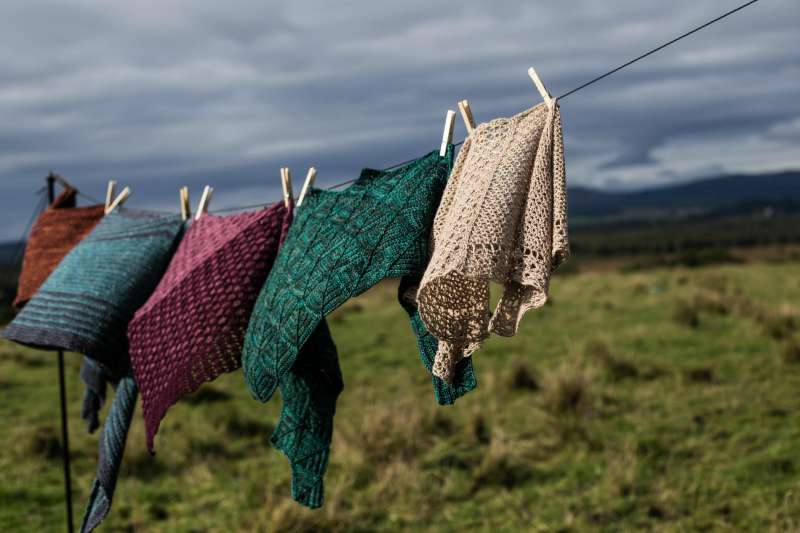
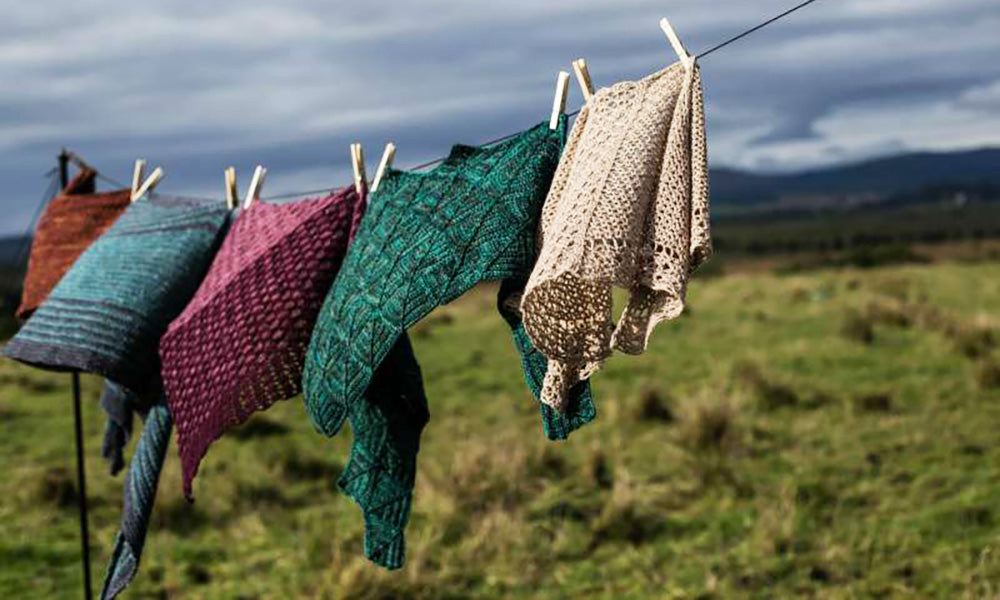
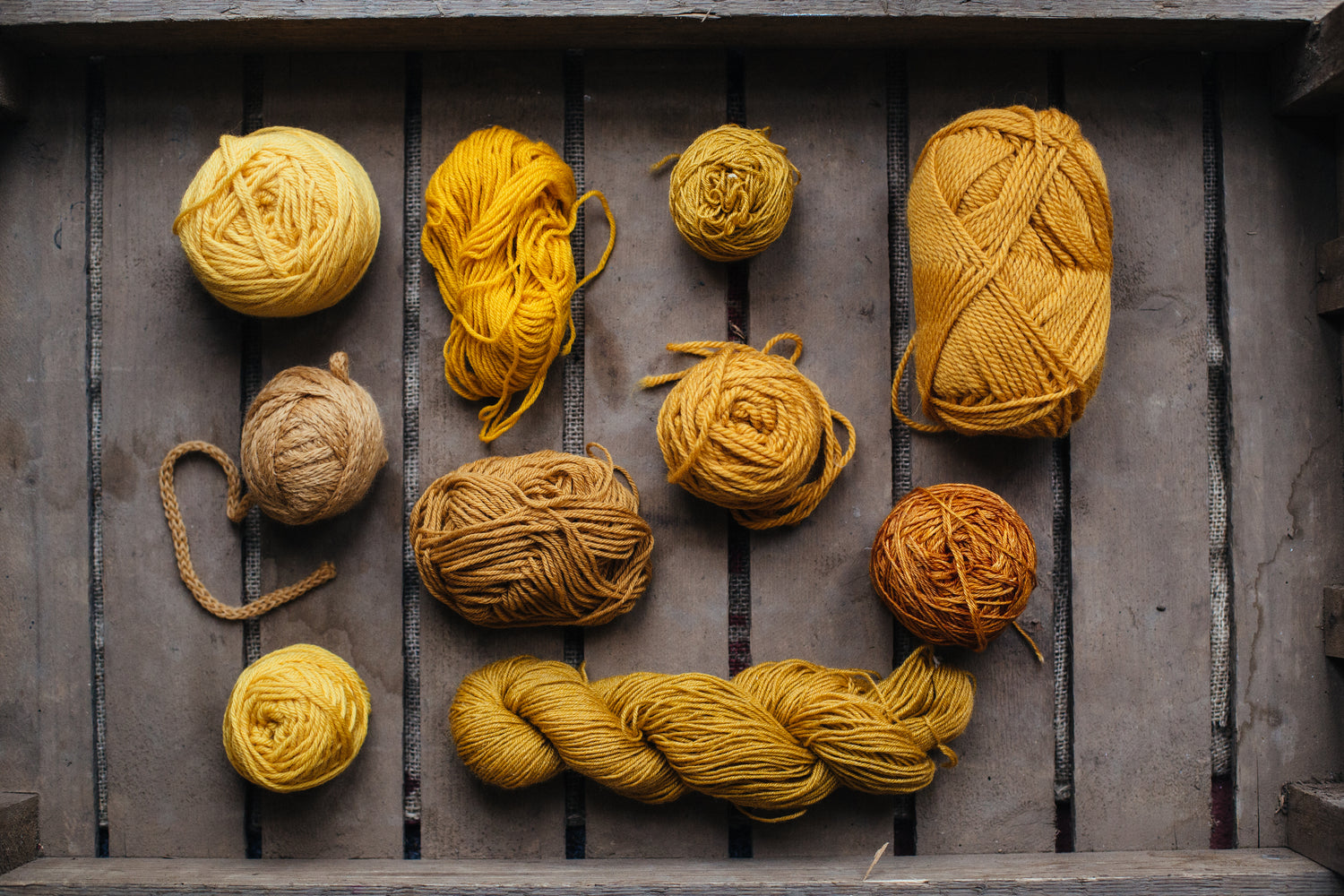
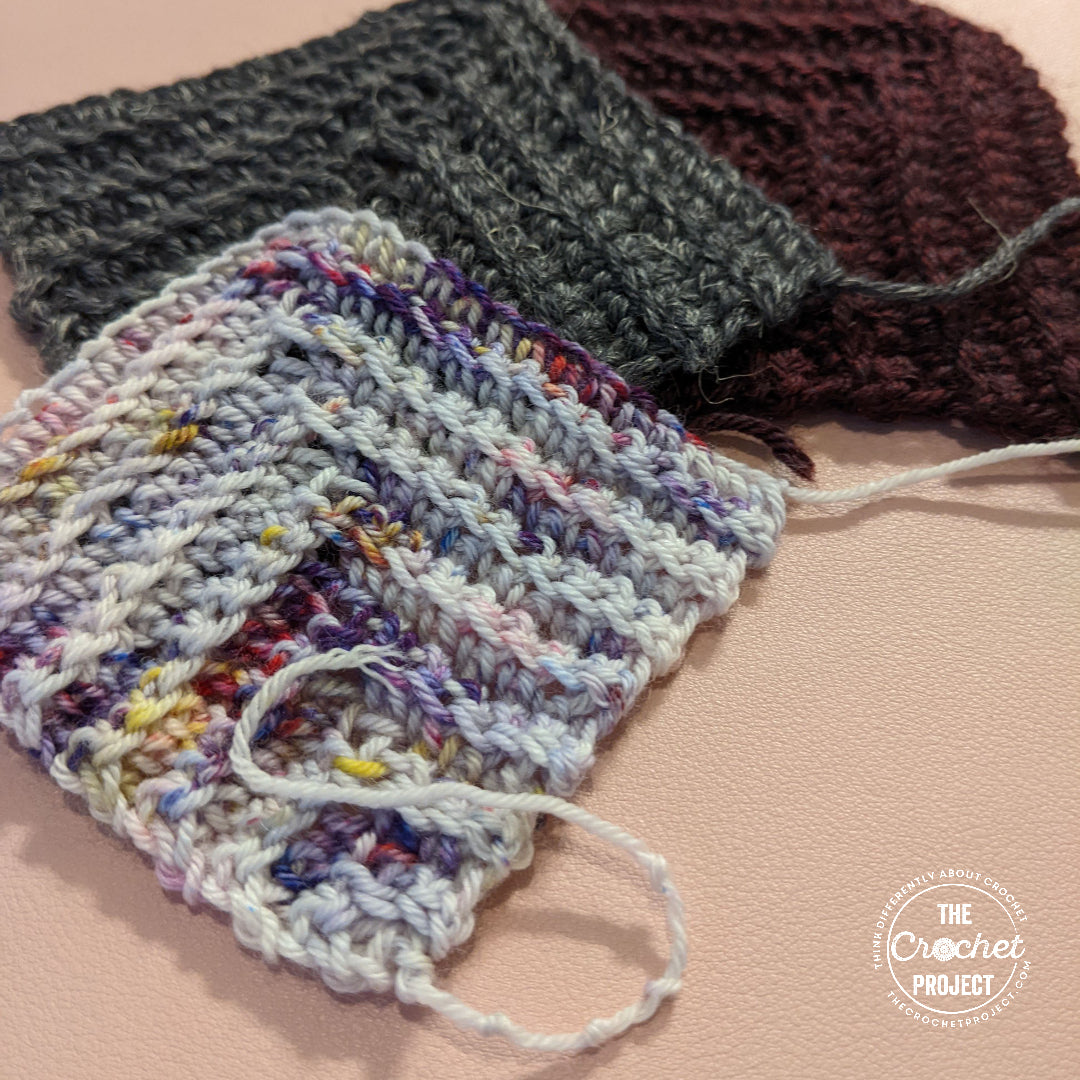
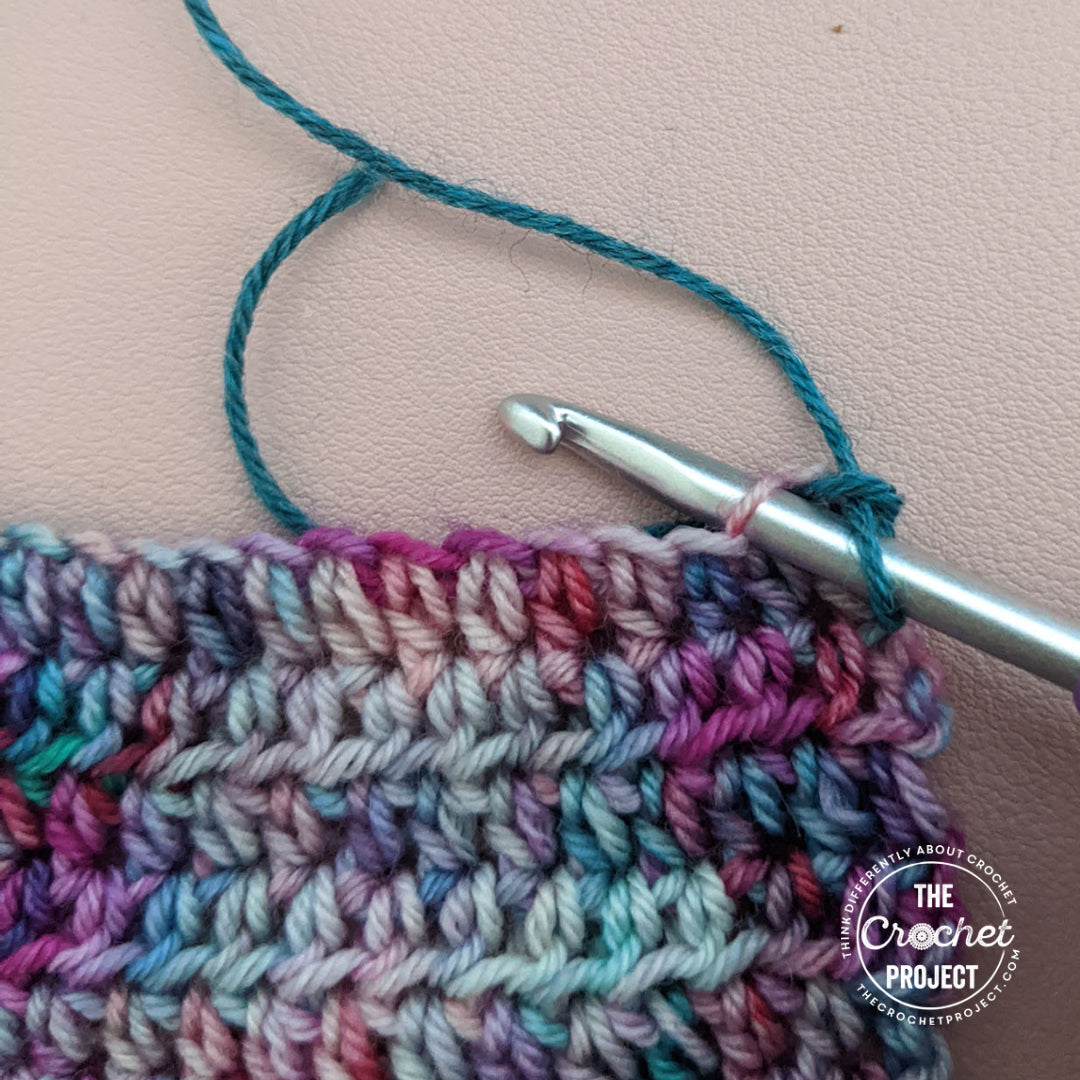
Leave a comment
All comments are moderated before being published.
This site is protected by hCaptcha and the hCaptcha Privacy Policy and Terms of Service apply.